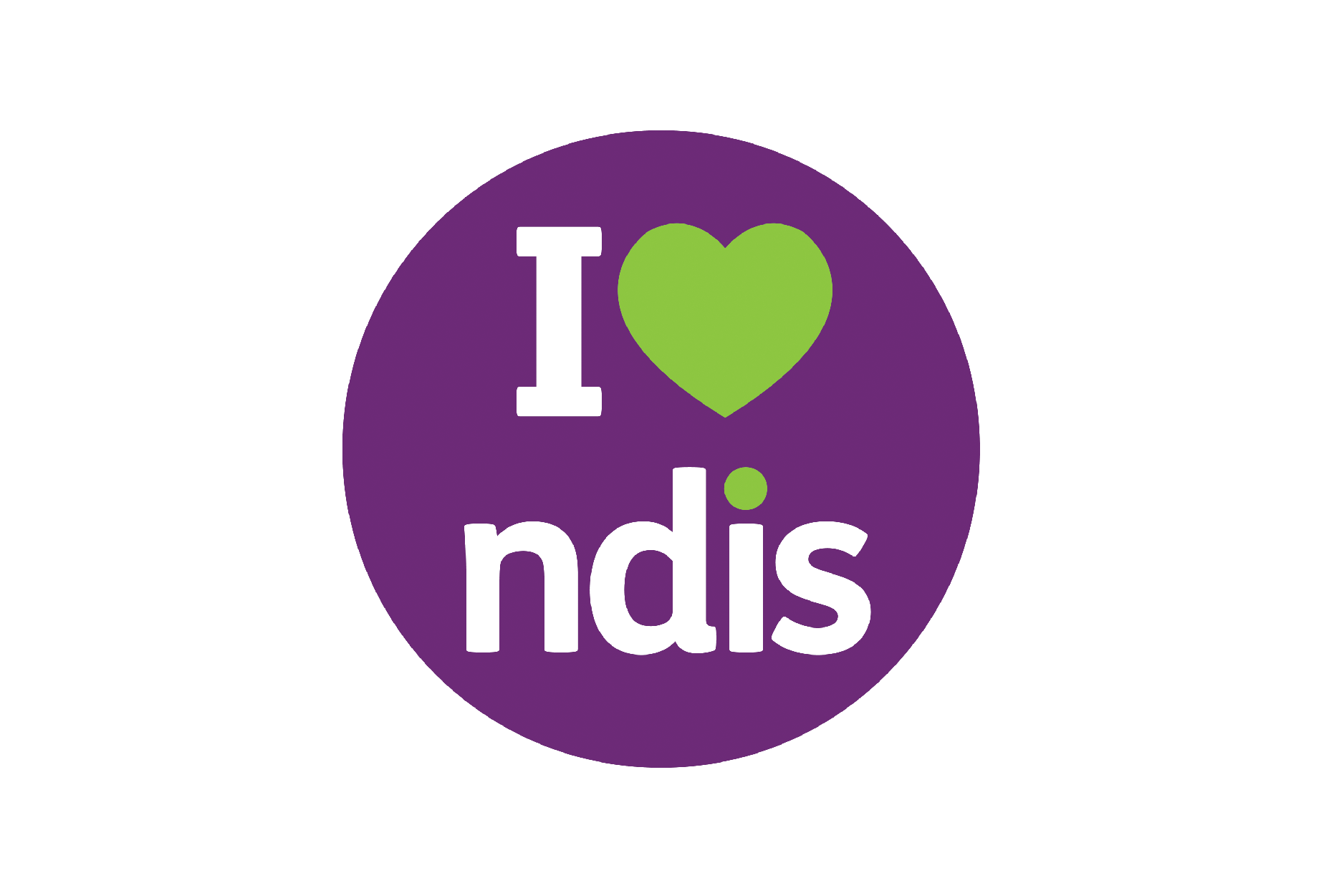Being a parent is hard work. It is particularly stressful when children are not meeting their academic benchmarks. This can put a strain on families and relationships.
While the reasons for differing student academic achievements are varied, one of the main factors relates to differences in our most important organ, the brain. There are two sides of the brain and each have a different function: the right side is the visual-spatial and the left is auditory-sequential.
A large proportion of people are visual learners. They are people who remember faces before names, road signs and colours. Visual learners are people who remember images better than sounds – and this can make it quite tricky when learning to read! ‘Reading OUR Way’ aids the visual learner by utilising a whole-word approach to reading; visualising how the word looks rather than how it sounds.
Schools tend to take a phonics approach to early reading; however, statistics show that 65% of what we learn is through what we see. Learning to read through phonics is therefore counter-intuitive to how visual learners actually learn. These children have powerful right hemispheres and learn using multi-dimensional images.
Though visual-spatial students are often very bright, they don’t always find success in academic environments. This is because schools and educational facilities are a haven for left hemisphere learners, or auditory-sequential learners. This is where the ‘Reading Our Way’ program will help enrich the reading experiences of visual learners in their educational environment.
References:
Visual Learners: https://www.psychologytoday.com/blog/get-psyched/201207/learning-through-visuals
Reaching the visual learner: teaching property through art: http://papers.ssrn.com/sol3/papers.cfm?abstract_id=587201


![Untitled-1 [Recovered]-01.png](https://images.squarespace-cdn.com/content/v1/5b5a94f34eddeceb6de892a8/1534488350742-PXWZEQJCOXYCKSP4UKZQ/Untitled-1+%5BRecovered%5D-01.png)


